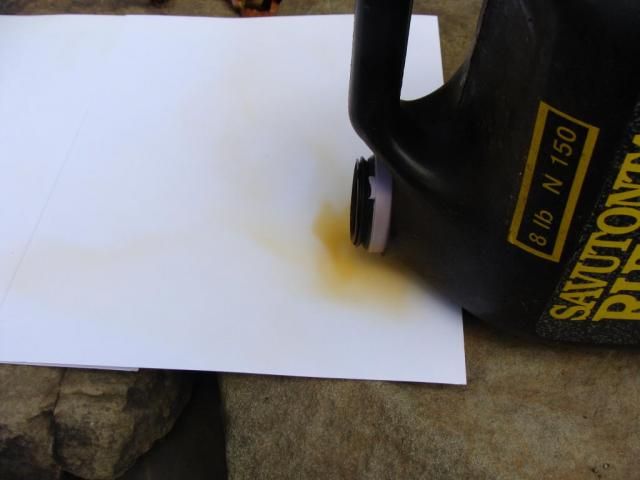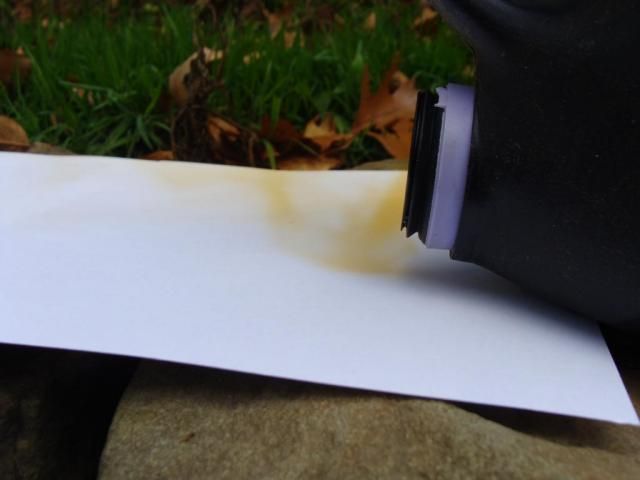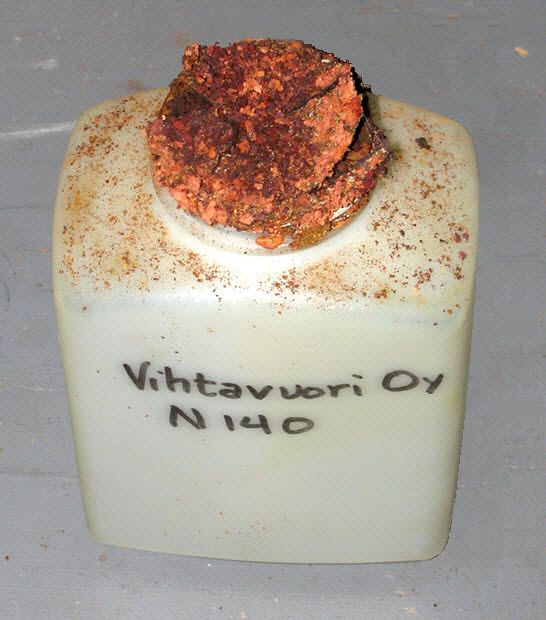Magnum Wheel Man
New member
there is always talk of how to tell if powder is bad, how long will it last, etc...
I have powder that we inherited from my FIL that is pretty old, but always been stored cool & dry... never seen any signs of deteriourating...
... Lately I've been going through my brass & ammo trying to standardize my headstamps / brand of brass & ammo for each caliber or gun...
I had some 375 H&H ammo & cases, that were formed from other acceptable belted magnum cases, & loaded 40 or so years ago by my retired builder buddy... who has cases of old surpluss military powders, which I suspect he used on these reloads, long, long ago...
I decided to pull the bullets & wet tumble the cases & sell any that looked to be still useable at the next gun show... many of these cases had green spots showing ( pits ) & etc... in general they were pretty crusty, but likely might have been still shootable, but not something I'd want to bet a hunt on that I would be using a 375 H&H on...
the bullets pulled pretty easy... however, the base of the copper bullets were a green ball... the short stick based powder may have been compressed ??? but was all stuck in a block that required a small screw driver to break up... pouring it out revieled a yellow dust coming out with the powder... no really funky odor though... & some of the live primers I pressed out of the cases, had green corrosion on the anvil... the cupro-nickel bullets still looked nice though...
I'm running the cases in the wet tumbler to see how they look... but am thinking about just scrapping those brass cases, as I'm afraid it could be brittle ( on the 1st one I pulled, the neck split when the bullet came out, & the case cracked around the shoulder... but the rest all looked free of cracks...
when powder breaks down in the case like that, does it weaken the brass, or if I sort the best out, do you thing I can list them as they are & sell them with a clear concious??? ( they'll look like new when they are done in the wet tumbler ) I'd list them as pulled handload cases formed to 375 from the case headstamps... & offer them at 1/2 the price of correct headstamp used brass... I'd just rather not sell them, if they were going to be too brittle for the buyer to use...
your thoughts ???
I have powder that we inherited from my FIL that is pretty old, but always been stored cool & dry... never seen any signs of deteriourating...
... Lately I've been going through my brass & ammo trying to standardize my headstamps / brand of brass & ammo for each caliber or gun...
I had some 375 H&H ammo & cases, that were formed from other acceptable belted magnum cases, & loaded 40 or so years ago by my retired builder buddy... who has cases of old surpluss military powders, which I suspect he used on these reloads, long, long ago...
I decided to pull the bullets & wet tumble the cases & sell any that looked to be still useable at the next gun show... many of these cases had green spots showing ( pits ) & etc... in general they were pretty crusty, but likely might have been still shootable, but not something I'd want to bet a hunt on that I would be using a 375 H&H on...
the bullets pulled pretty easy... however, the base of the copper bullets were a green ball... the short stick based powder may have been compressed ??? but was all stuck in a block that required a small screw driver to break up... pouring it out revieled a yellow dust coming out with the powder... no really funky odor though... & some of the live primers I pressed out of the cases, had green corrosion on the anvil... the cupro-nickel bullets still looked nice though...
I'm running the cases in the wet tumbler to see how they look... but am thinking about just scrapping those brass cases, as I'm afraid it could be brittle ( on the 1st one I pulled, the neck split when the bullet came out, & the case cracked around the shoulder... but the rest all looked free of cracks...
when powder breaks down in the case like that, does it weaken the brass, or if I sort the best out, do you thing I can list them as they are & sell them with a clear concious??? ( they'll look like new when they are done in the wet tumbler ) I'd list them as pulled handload cases formed to 375 from the case headstamps... & offer them at 1/2 the price of correct headstamp used brass... I'd just rather not sell them, if they were going to be too brittle for the buyer to use...
your thoughts ???
Last edited:



